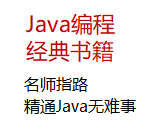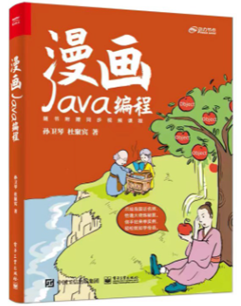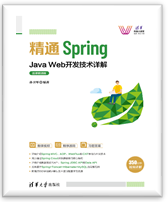本文参考:《Java面向对象编程》 《漫画Java编程》 public interface Adjustable{/** 调节温度 */ public void adjust(int temperature);public class Base{private int speed;/** 调节速度 */ public void adjust(int speed){
public class Sub extends Base implements Adjustable{private int temperature;public void adjust(int temperature){
public class Sub extends Base {private int temperature;private void adjustTemperature(int temperature){private class Closure implements Adjustable{public void adjust(int temperature){public Adjustable getCallBackReference(){return new Closure();
Sub sub=new Sub();
www.javathinker.net
[这个贴子最后由 admin 在 2022-03-15 14:43:29 重新编辑]
网站系统异常
系统异常信息
Request URL:
http://www.javathinker.net/WEB-INF/lybbs/jsp/topic.jsp?postID=291&pages=4本站管理人员 。













